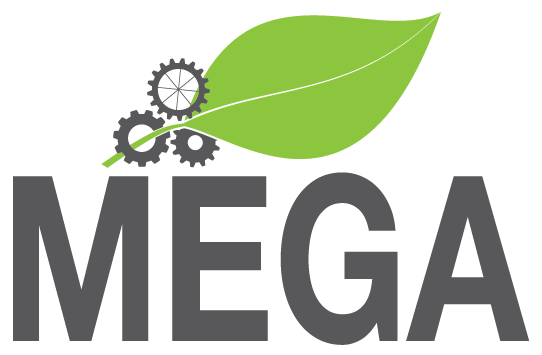Place: Klampenborg, Denmark



These photos of free and happy as a sandboy deer were taken at the Jægersborg Dyrehave (“The Deer Park” in Danish) in Denmark. A former royal hunting ground, Dyrehaven now occupies around 11 square kilometers and has approximately 2000 deer with the largest populations being of red deer (Cervus elaphus), fallow deer (Dama dama), and sika deer (Cervus nippon). The park is very close to the Danish capital Copenhagen and other cities of the Eastern coast of Zealand.
The deer (Cervidae) can be easily distinguished by the significant antlers that males (stags) grow and shed every year. The growth rate of these antlers is 2.5 cm per day. Deer are ruminant mammals, meaning that they have a four-section stomach, and the plants they eat are initially softened in the first section, then regurgitated into the mouth, rechewed there, and only then digested in other sections of the stomach. Deer are present in all continents, except Australia and Antarctica. They are hunted and grown by humans for food, clothing, and transportation. In former times the word “deer” meant any wild animal of any species, but then narrowed down to these particular mammals.

The red deer (Cervus elaphus) shown on the photos is one of the largest representatives of the Cervidae family, with stags being around 220 cm in length and 200 kg in weight. During the autumn the red deer gets a “free fur coat”: it grows a thicker coat of hair to help its body keep the heat during cold winter days. These mammals can live up to 20 years, but their average lifespan is only about 10 – 15 years. This is the only species of deer inhabiting Africa.
Note: You can see more photos and read about the Jægersborg Dyrehave in “Copenhagen Pictures: Dyrehaven – The Royal Hunting Ground And Park”.



